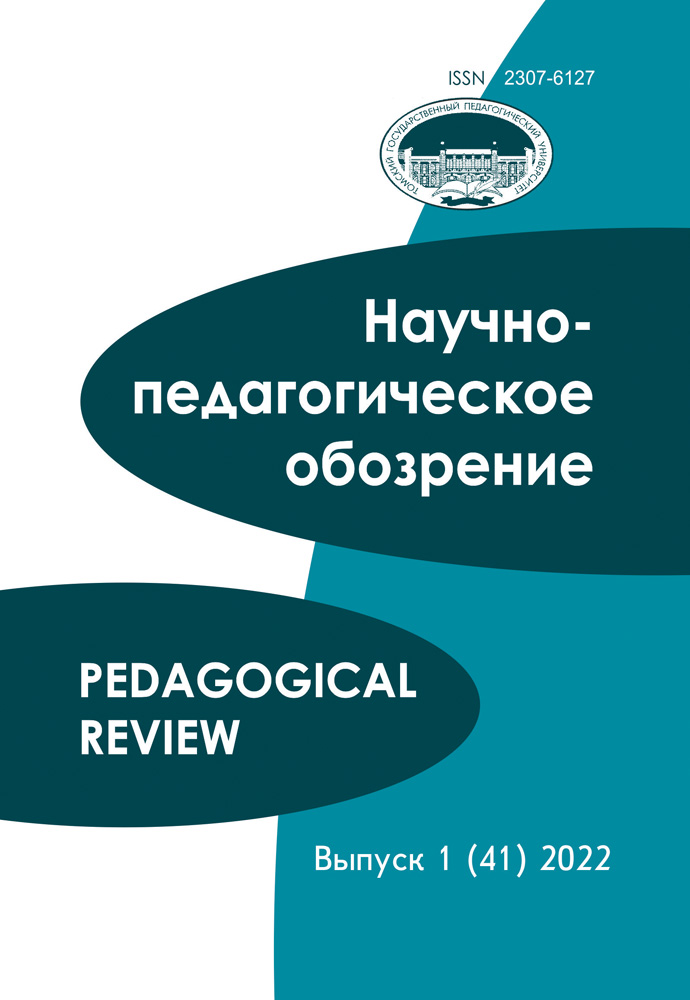Search
| # | Search | Downloads | ||||
|---|---|---|---|---|---|---|
| 1 | The article considers the possibilities of representation of heritage of immigrants from Russia, who have made a significant contribution to the development of Belarus by a cluster strategy in the organization of cultural and tourist programs. Cultural and tourism cluster is a group of related organizations in the sphere of culture and tourism industry, which, together with governments, business entities, research centers, etc., are involved in economic and sociocultural relations and interact with each other, creating a complex cultural tourism product within a given region. Emphasis is placed on the material and spiritual heritage of the great historical figures of Vasily Tatishchev, Rumyantsev-Zadunaysky, Zakhar Chernyshev, Fedor and Irina Paskevich, Alexander Suvorov, Ilya Repin and others, as well as prominent representatives of culture of XX and XXI centuries: the composer Nicholas Aladov, sculptor Andrey Bembel, architect Yuri Gradov, artist Valentin Volkov, director Vladimir Korsh-Sablin, poets Konstantin Simonov and Alexander Twardowski, musician Vladimir Mulyavin, choreographer Valentin Elizaryev and others. Keywords: cluster, representation of heritage, historical and cultural heritage, Russian in Belarus | 1759 | ||||








